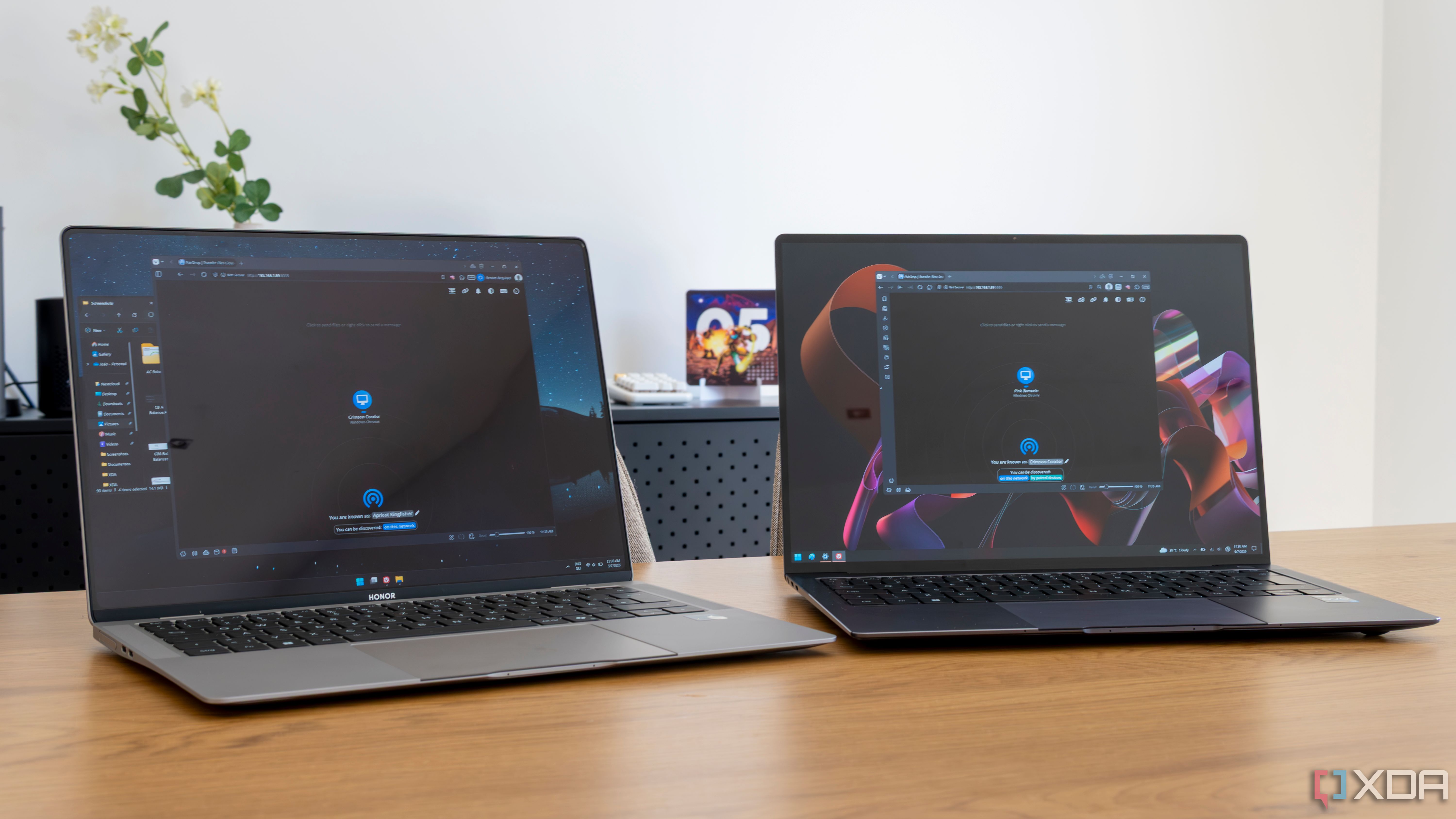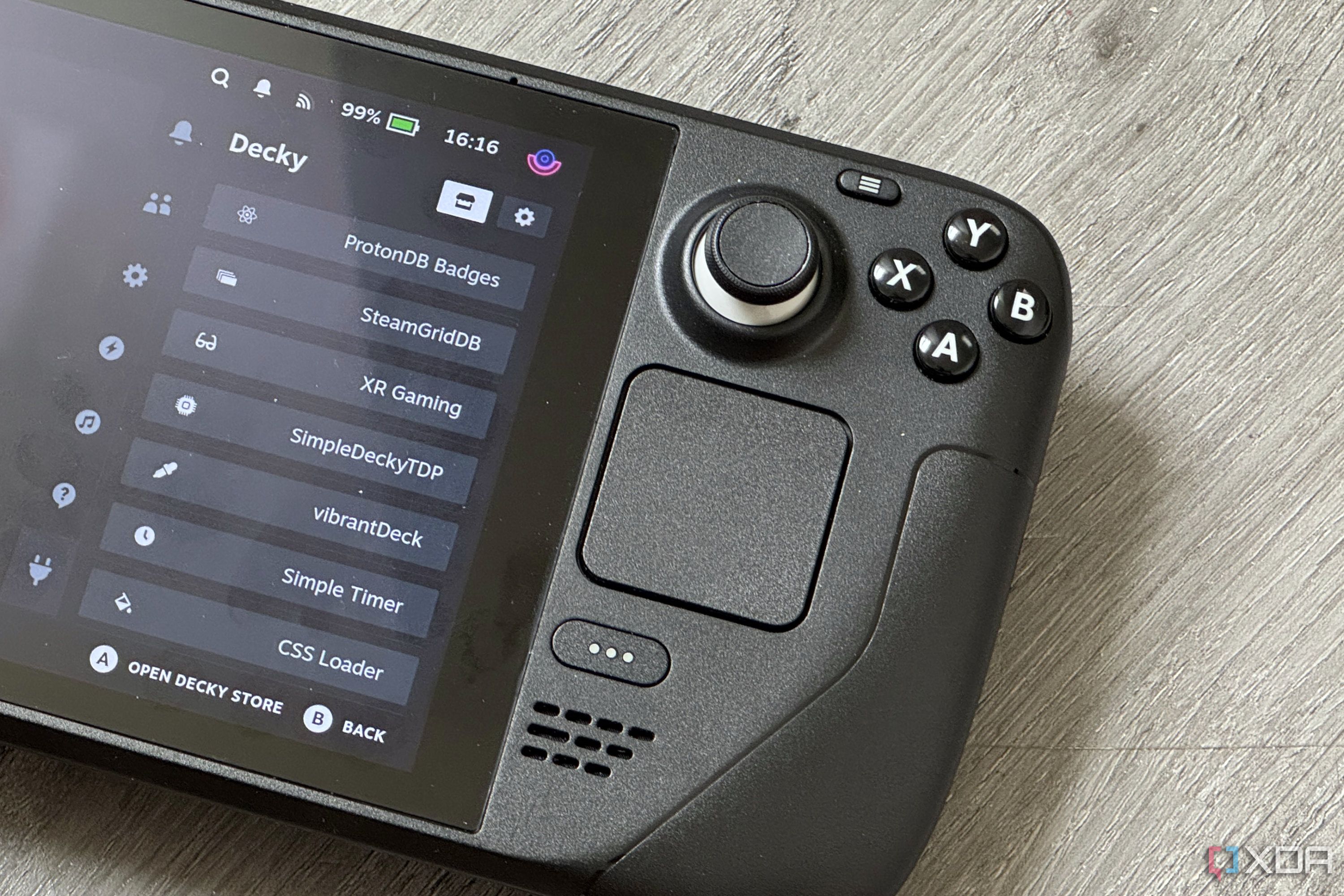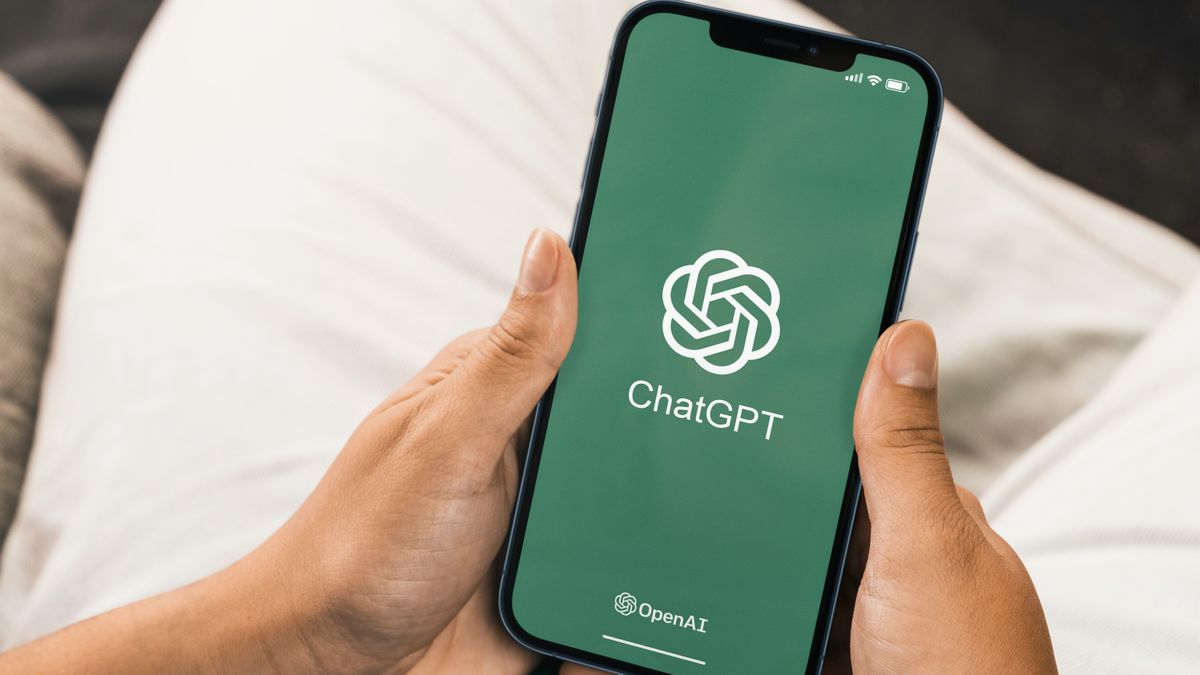Self-hosting can quickly expand from a simple setup, such as Pi-hole, to a complex array of services across multiple Raspberry Pis and containers, making monitoring essential. To manage this, I installed Uptime Kuma on my Raspberry Pi, a lightweight, open-source tool that provides a clean dashboard, real-time notifications, and historical stats for all my services. Its minimal resource requirements make it perfect for low-powered systems, and I highly recommend it for anyone running self-hosted services.
It’s powerful but incredibly lightweight
The perfect monitoring solution for low-powered systems
One of the biggest surprises about Uptime Kuma is how much it delivers without eating up resources. My instance runs on a Raspberry Pi 4B, and even with over a dozen active checks, it barely registers on the CPU monitor. That leaves plenty of room for the other containers and services I run on the same device, including Pi-hole and Node-RED. I’ve had it up and running for months now without a single crash or slowdown.
Functionally, Uptime Kuma is built around simplicity. It supports a wide range of monitoring types, including HTTP(s), TCP, DNS, ICMP ping, and custom scripts. That gives me the flexibility to track everything from whether Home Assistant’s web interface is responsive to whether my VPN tunnel is still negotiating properly. I even use it to monitor a remote MQTT broker and a few exposed services routed through Cloudflare.
Its web interface is one of the cleanest I’ve used. Each monitor has its own color-coded status box, and graphs are available for response time and uptime percentage over 24 hours, 30 days, or longer periods. I can glance at the dashboard and know instantly if something’s off. For a free tool, it’s surprisingly polished, and it doesn’t bury you in data you don’t need. Uptime Kuma demonstrates that not every solution needs to be enterprise-grade to be effective.
Setup is fast, flexible, and low-maintenance
Running Kuma on a Pi is easier than you think
You don’t need to be a command-line wizard to get Uptime Kuma up and running. There are several ways to install it, including using Docker, a standalone Node.js app, or a one-click deployment to platforms like Heroku. I opted for Docker on my Raspberry Pi since it keeps everything tidy and makes updates trivial. However, whichever method you choose, the setup process is clearly documented in Uptime Kuma’s GitHub repository, and it requires minimal effort. Once installed, I accessed the dashboard via my browser, created an admin account, and began adding services one by one. Each monitor lets you set the check interval, customize the failure threshold, and configure multiple alert methods. You can even group services with tags, which I use to separate things like “Home Network” and “Remote Services.” It took maybe an hour to fully configure all the monitors I wanted.
One of my favorite aspects of the setup is its minimal ongoing maintenance requirements. Uptime Kuma automatically retains its settings between reboots and updates. I back up the config directory weekly with the rest of my Pi data, but otherwise, it just runs. And when I do want to update, it’s usually one Docker pull and a quick restart. No weird dependencies, no broken plugins—just reliability.
It helps me troubleshoot faster
Historical uptime and real-time alerts save time and stress
Before Kuma, I would react to problems after they had happened. Someone at home would say Home Assistant wasn’t responding, or I’d SSH into a Pi and realize it’d rebooted hours earlier. Now, I get alerts within seconds of something going down. This visibility helps me identify minor problems before they escalate.
Every monitor logs uptime, failures, and response times. I’ve used these logs to spot flaky Wi-Fi adapters and failing SD cards. One time, I noticed my Jellyfin container was responding slowly every morning. A memory leak was slowly eating into the Pi’s RAM, something I’d missed without the trend data.
Alerts are configurable. I set mine to go through Pushover and Telegram so I don’t miss them, whether I’m home or not. You can also get alerts through a wide variety of services. Some of the most popular notification methods include:
- Home Assistant
- Telegram
- Discord
- Email via SMTP
- Slack
- Gotify
- Pushover
- One of dozens of other options.
It’s not just about knowing something is down; it’s about understanding what happened, when, and how often it happens. That insight is invaluable.
Not everything needs Grafana-level overhead
Minimalism is a feature, not a flaw
Self-hosters often overcomplicate monitoring, especially with Prometheus and Grafana, which require more configuration and resources. For basic uptime monitoring, Kuma is a simpler and more efficient solution.
While Kuma lacks deep metrics, it excels in clarity. It doesn’t require queries, exporters, or database management. Users simply specify what to ping, and Kuma provides the necessary information. This simplicity makes it ideal for home labs, hobbyists, and those seeking to avoid tool sprawl.
Kuma’s accessibility is also noteworthy. Family members can check service availability without needing to understand logs or graphs. This visibility reduces friction in a self-hosted home environment with smart lights, media servers, and network tools.
But yes, it could go further
Notifications and device support still have room to grow
No tool is perfect, and Uptime Kuma is no exception. One limitation I’ve run into is the lack of conditional or delayed alerts. Right now, it alerts on the first failure unless you manually set a delay. It’d be nice to have smarter thresholds, such as only alerting if a service fails three times in five minutes or only during certain hours. That would reduce the number of false alarms caused by unstable connections or scheduled restarts.
Mobile support could also use some love. While the web interface works fine on mobile browsers, there’s no native app or quick-access widget. You can turn it into a progressive web app, which I’ve done, but it still feels like a bit of a workaround. It’s not a dealbreaker, but having a tighter mobile experience would help round things out.
Still, these are pretty minor complaints. Uptime Kuma receives regular updates, and the developer has been responsive to community feedback. I’m optimistic that some of these quality-of-life features will land eventually. Even without them, Kuma still checks more boxes than most paid alternatives—and does it for free.
You probably need less than you think
Uptime Kuma demonstrates that not every solution needs to be enterprise-grade to be effective, as it provides reliable alerts and a clear status page for self-hosters. It’s easy to set up and maintain, enhancing the professionalism of my home lab, even with just a few Raspberry Pis. If you have self-hosted services and haven’t installed Kuma yet, now’s the time, as it might be the most valuable container I’m running, even surpassing Home Assistant.

.png)











 English (US) ·
English (US) ·